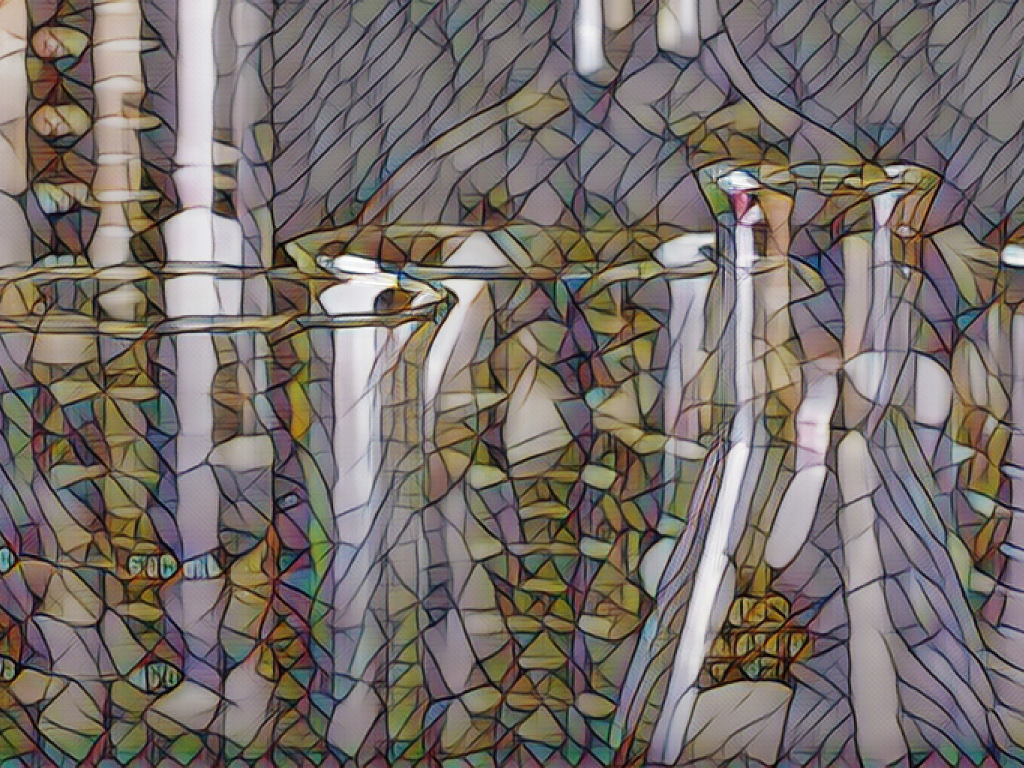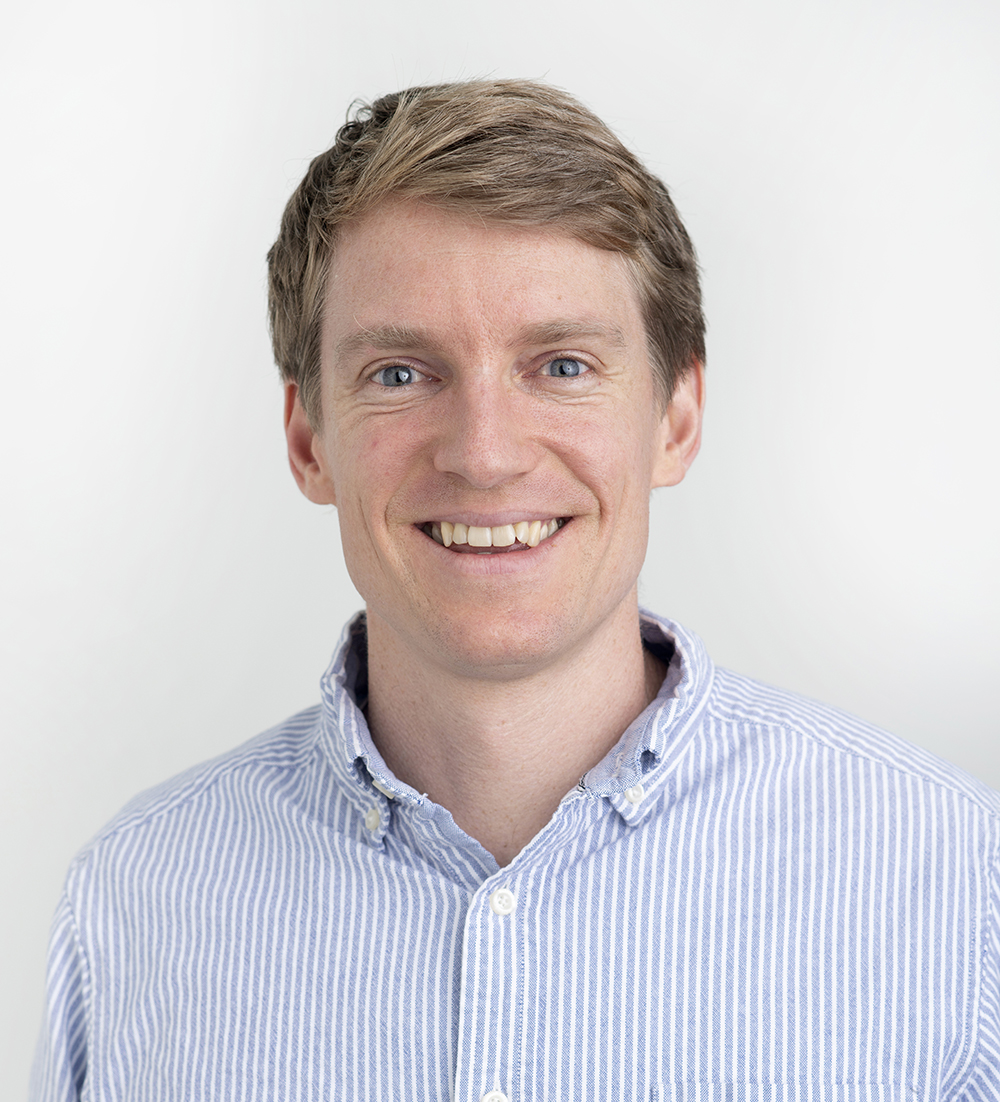Our world is powered by chemical reactions. From new medicines and biotechnology to sustainable energy solutions developing and understanding the chemical reactions behind innovations is a critical first step in pioneering new advances. And a key part of developing new chemistries is discovering how the rates of those chemical reactions can be accelerated or changed.
For example, even an everyday chemical reaction, like toasting bread, can substantially change in speed and outcome — by increasing the heat, the speed of the reaction increases, toasting the bread faster. Adding another chemical ingredient — like buttering the bread before frying it — also changes the outcome of the reaction: the bread might brown and crisp rather than toast. The lesson? Certain chemical reactions can be accelerated or changed by adding or altering key variables, and understanding those factors is crucial when trying to create the desired reaction (like avoiding burnt toast!).
Chemists currently use quantum chemistry techniques to predict the rates and energies of chemical reactions, but the method is limited: predictions can usually only be made for up to a few hundred atoms. In order to scale the predictions to larger systems, and predict the environmental effects of reactions, a new framework needs to be developed.
Jesse McDaniel (School of Chemistry and Biochemistry) is creating that framework by leveraging computer modeling techniques. Now, a new NSF CAREER grant will help him do so. The National Science Foundation Faculty Early Career Development Award is a five-year grant designed to help promising researchers establish a foundation for a lifetime of leadership in their field. Known as CAREER awards, the grants are NSF’s most prestigious funding for untenured assistant professors.
“I am excited about the CAREER research because we are really focusing on fundamental questions that are central to all of chemistry,” McDaniel says about the project.
Pioneering a new framework
“Chemical reactions are inherently quantum mechanical in nature,” McDaniel explains. “Electrons rearrange as chemical bonds are broken and formed.” While this type of quantum chemistry can allow scientists to predict the rates and energies of different reactions, these predictions are limited to only tens or hundreds of atoms. That’s where McDaniel’s team comes in. They’re developing modeling techniques based on quantum chemistry that could function over multiple scales, using computer models to scale the predictions. They hope this will help predict environmental effects on chemical reaction rates.
By developing modeling techniques that can be applied to reactions at multiple scales, McDaniel aims to expand scientist’s ability to predict and model chemical reactions, and how they interact with their environments. “Our goal is to understand the microscopic mechanisms and intermolecular interactions through which chemical reactions are accelerated within unique solvation environments such as microdroplets, thin films, and heterogenous interfaces,” McDaniel says. He hopes that it will allow for computational modeling of chemical reactions in much larger systems.
Interdisciplinary research
As a theoretical and computational chemist, McDaniel’s chemistry experiments don’t take place in a typical chemistry lab — rather, they take place in a computer lab, where Georgia Tech’s robust computer science and software development community functions as a key resource.
“We run computer simulations on high performance computing clusters,” McDaniel explains. “In this regard, we benefit from the HPC infrastructure at Georgia Tech, including the Partnership for an Advanced Computing Environment (PACE) team, as well as the computational resources provided in the new CODA building.”
“Software is also a critical part of our research,” he continues. “My colleague Professor David Sherrill and his group are lead developers of the Psi4 quantum chemistry software, and this software comprises a core component of our multi-scale modeling efforts.”
In this respect, McDaniel is eager to to involve the next generation of chemists and computer scientists, showcasing the connection between these different fields. McDaniel’s team will partner with regional high school teachers, collaborating to integrate software and data science tools within the high school educational curriculum.
“One thing I like about this project,” McDaniel says, “is that all types of chemists — organic, inorganic, analytical, bio, physical, etc. — care about how chemical reactions happen, and how reactions are influenced by their surroundings.”
For More Information Contact
Written by Selena Langner




